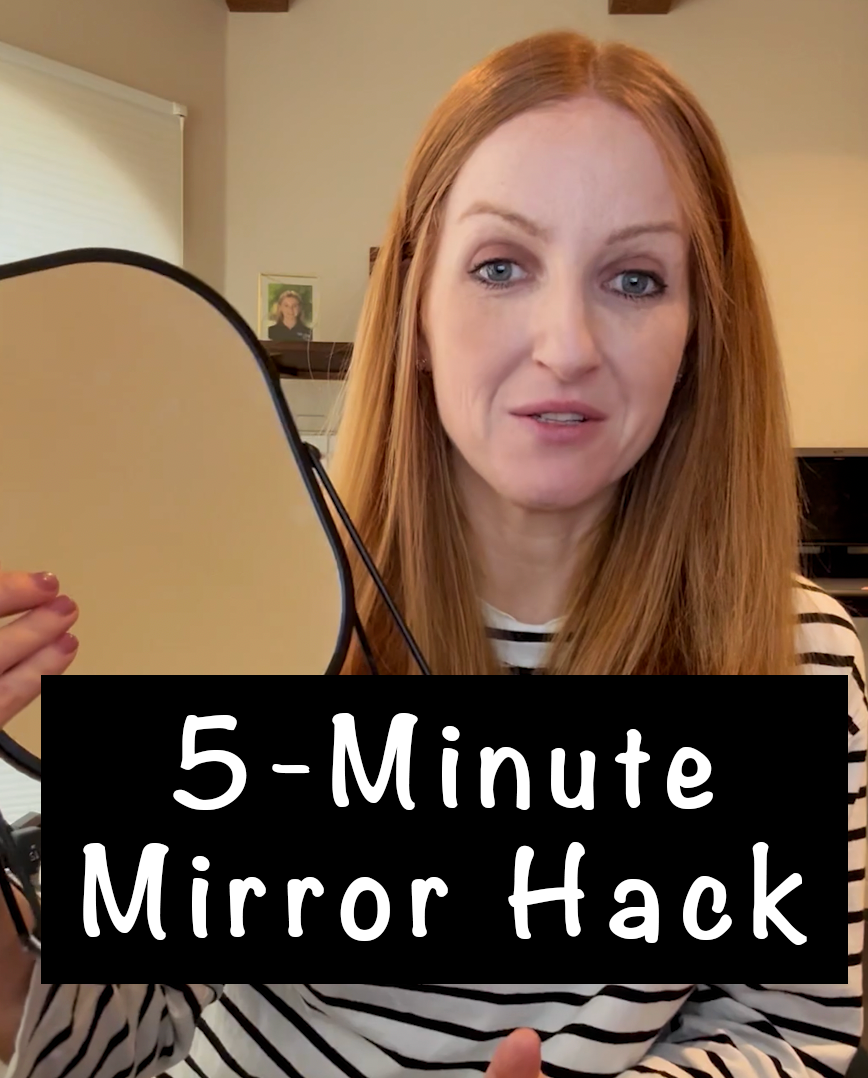Let’s be honest: most people feel awkward speaking directly to a camera. But here’s the thing — face-to-camera videos are one of the most powerful forms of content you can create.
And yet, so many people shy away from them.
Why? The pressure to say the perfect thing, worry about how you look, or the simple weirdness of talking to a lens can be enough to stop anyone in their tracks. And that’s a shame, because those videos are a huge opportunity to build trust with your audience.
Why face-to-camera videos matter
This video style works so well because it’s the closest thing we have to a real-life interaction online. When people see your face, hear your voice, and watch your expressions, it creates connection. It helps them feel like they know you, and that’s where trust begins. A photo, a caption, or a B-roll montage just doesn’t have the same effect.
But let’s be real: even if you want to show up on camera, the fear can feel overwhelming.
Here’s what’s happening: Your brain is wired for survival. When something feels unfamiliar (like speaking to a camera), it senses danger and kicks into flight mode. That’s totally normal, but it’s also totally beatable.
My go-to trick to beat the nerves
Ready for it?
Use a mirror.
Yep. Simple, free, and surprisingly powerful.
Here’s what to do:
Stand in front of a mirror and practice saying just the first sentence of your video. Out loud. Over and over. For five full minutes.
Try something like:
“Hi everyone — face-to-camera videos are one of the best ways to build trust with your audience.”
That’s it. You don’t need to rehearse the entire script. Just nail the opening line. It’s like warming up your voice and your brain at the same time.
At first, you’ll feel silly. That’s okay. Keep going.
After a couple of minutes, you’ll notice the discomfort start to fade. The words come more naturally. The tension eases. You’re not just practicing, you’re training your brain to stop being afraid.
Why this works
Repetition is the antidote to fear. When you do something enough times, your brain stops treating it like a threat. What once felt scary becomes… boring. And that’s the sweet spot because when the emotion is gone, the fear leaves with it.
Think back to school: remember when you studied so much that you walked into a test totally prepared? The anxiety disappeared because you knew the material. It’s the same here. Five minutes of focused practice makes the unfamiliar feel familiar, and confidence follows.
Bonus tips to make your video even stronger:
- Speak slower than you normally would. This naturally lowers your tone, which sounds calmer and more confident. A lower tone is also more pleasing to listen to.
- Smile and gesture. These little movements make you more engaging and help viewers connect with you.
- Skip the “Happy Monday!” intro. Keep your opening timeless so you can reuse the video later as your audience grows.
What do you do to rehearse after the first sentence?
Not much, because the rest of the video becomes much easier if you nail the first sentence. Once the nerves are out of the way, your natural voice and energy can take over. In fact, I recommend not over-rehearsing the rest because you know your content. Let it flow so that your audience feels an authentic message instead of a robotic one.
Will you plan a date with your mirror this week?
You might feel a little awkward at first — but five minutes from now, you’ll be one step closer to confident, compelling videos that actually connect. And that’s worth showing up for.











